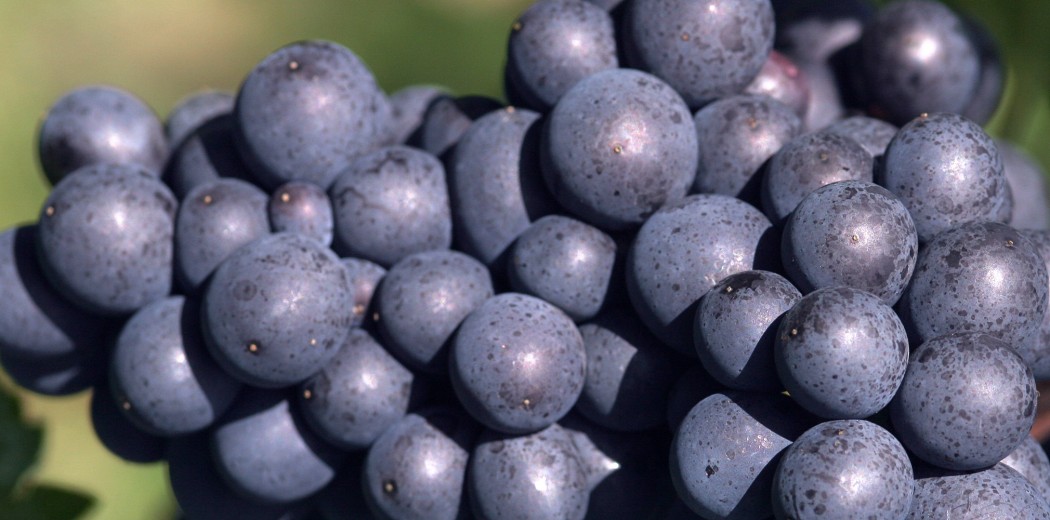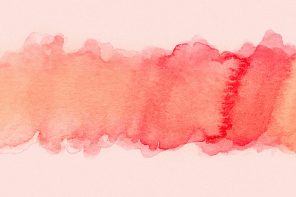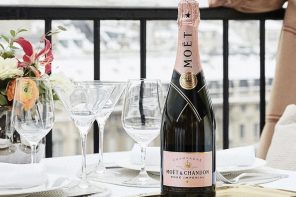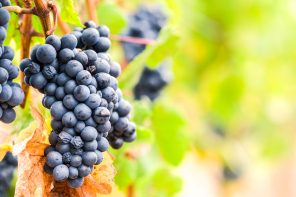Today, we’re here to address an injustice that’s gone on for far too long. Pinot Noir and Chardonnay have unfairly hogged the limelight in Champagne, casting a long shadow over the third variety in the Champagne trinity. Yes, today we discuss Pinot Meunier. Typically only the most devoted Champagne drinkers are able to rattle off the three grapes* that go into making the world’s finest bubbly due to the monopoly Chardonnay and Pinot Noir have on people’s taste buds – but let’s raise a glass to changing that.
In French “meunier” means “miller,” a reference to the minuscule white hairs on the underside of the vines’ leaves, which are reminiscent of a flour dusted surface. Meunier is usually relegated to the “lesser” of Champagne’s grapes, which belies its importance in the region; it has long been planted in the hills and valleys of Champagne. At 32 percent of total plantings, it represents more than Chardonnay, which clocks in at 28 percent, and almost as much as Pinot Noir, at 38 percent. Hardly an inconsequential grape, and we haven’t even begun talking about what it brings to the blend.
Champagne has a marginal climate. Frost is a problem here, especially in spring. Bud break for Meunier vines occurs later, meaning it misses the freeze that can spell disaster for the earlier budding Chardonnay and Pinot Noir. It can successfully grow in regions like the Vallée de la Marne, where the others wouldn’t stand a chance. It also ripens earlier, so the rot issues that malign its brethren don’t plague the miller’s grape.
In blends, Pinot Meunier contributes fruitiness, richness and body. Obviously, Pinot Noir and Chardonnay are revered for the wines they produce, and for good reason. No one is going to argue that blanc de blancs Champagne is the paragon of elegance and finesse, nor that Pinot Noir contributes outstanding aroma, complexity and backbone. But let’s give a little credit where credit is due. Meunier’s presence in a blend can add a little roundness in a thin cuvée. True, some argue it doesn’t age as well. But age ain’t nothing but a number.
In deference to the grape’s many contributions to the region’s wines and its unique characteristics and flavor profile, several Champagne houses, mostly grower-producers, make 100 percent Pinot Meunier Champagne. Old vines especially are yielding noteworthy wines, and some producers are demonstrating that Meunier-based Champagnes can mature just fine. If you need further proof, Krug uses a higher percentage of Meunier in its grand vin, and if it’s good enough for Krug…let’s just say one ought not to be so quick to snub Meunier.
Pinot Meunier is grown in parts of the Loire, mostly around Orleans but also makes it way into the vin gris of Touraine Noble Joué AOP. It’s found in parts of Germany under the name Schwarzriesling. In British Columbia’s Okanagan Valley, it’s made into rosés as well, used for sparklings. Elsewhere in the world, it’s mostly used for Champagne-style bubbles: California, Oregon, Australia and New Zealand to name a few.
Raymond Chandler once wrote, “There is no bad whiskey. There are only some whiskeys that aren’t as good as others.” The same is true for Champagne. You’ll never really go wrong, but if you’re in search of something a little different, perhaps a fruity fizz with a certain je ne sais quoi, Pinot Meunier has you covered.
*I say three grapes, but there are actually seven varieties permitted in Champagne. The others are so rare they truly get forgotten about. For the interested, they are Arbane, Petit Meslier, Pinot Blanc/Pinot Blanc Vrai and Pinot Gris. A few houses include these grapes in their Champagne cuvées, but they are exception not the rule.








